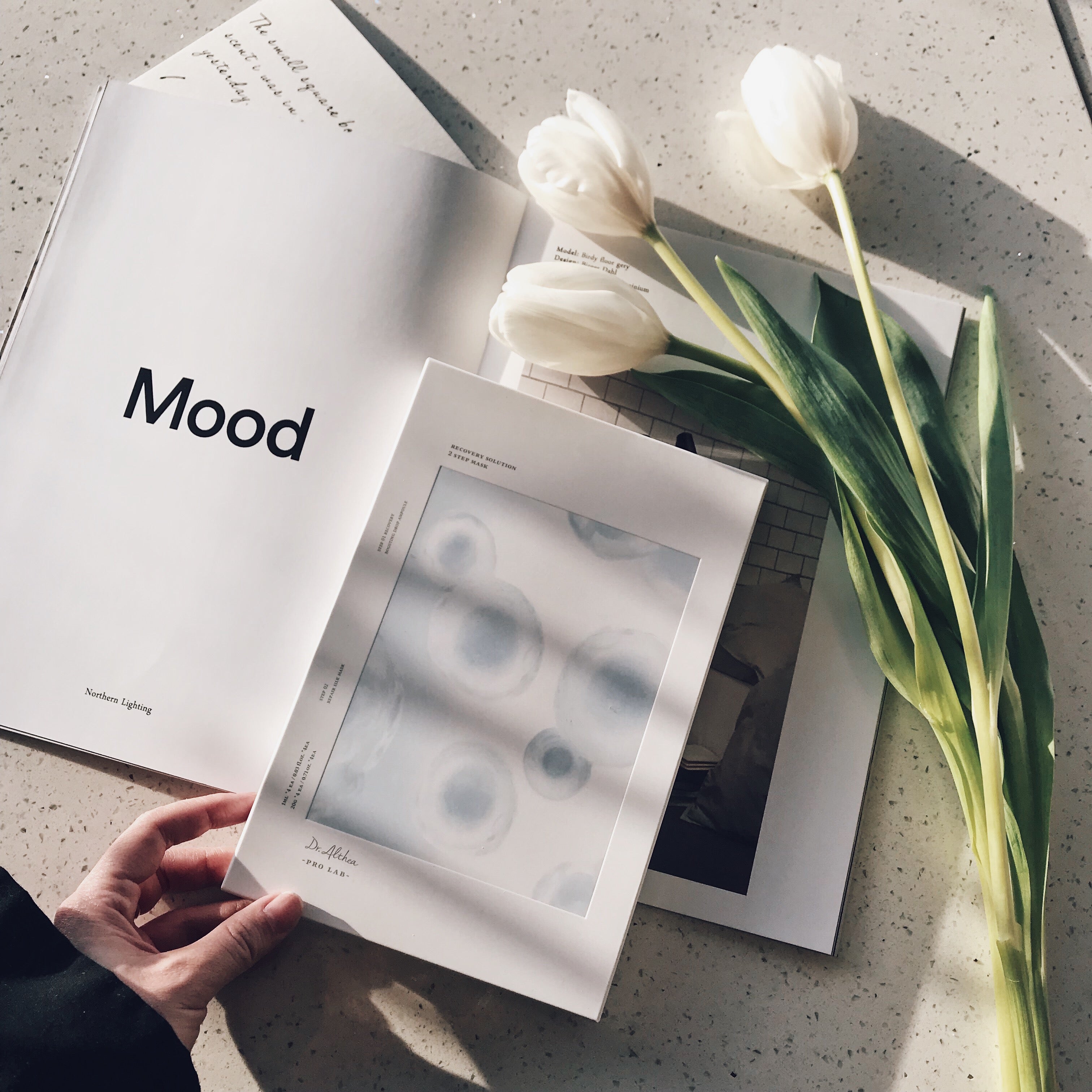Before We Go On
-
Before building or rebuilding a skincare routine - it’s best to know what skin type you have. It’s the most important thing to know before you start lathering on a cleanser that you found at your local drugstore. Once you realize what your skin type is, you can find products that can keep it healthy and happy. There are lots of methods out there to determine your skin type but we will only introduce one today. We know it’s the definitive way to find out what your skin type is.
The Bare-Faced Test
This one is easy, cleanse your face with a gentle cleanser and don’t add anything onto it. For an hour or two, pay attention to how your skin is feeling. Are you seeing any shine on your face, does it feel tight, is there flaking, any redness?
If you’re noticing shine …
...on your nose and forehead, you’re likely normal/combination skin.
....all over your face (including cheeks), you likely have oily skin. To confirm just pat a tissue on your skin. If there’s oil then your skin is oily.
If your skin feels tight and there’s little to no shine, you likely have dry skin. If there’s flaking then its likely dry skin. But if you notice flaking, yet your face has some shine - you may have dehydrated skin (a skin condition).
If you see red patches on your skin is likely to be sensitive. But, often times sensitive skin can’t be determined right off the bat. It’s reactive, so products, food, specific environments (very cold or very hot) can cause your face to turn red and hot. Usually, that is a good indication of sensitive skin.
If you notice nothing or very little you have normal skin.
Skin Types
Normal
Normal skin types have little to no imperfections. It’s not reactive or overly sensitive. Pores are barely visible and the complexion is often quite radiant and healthy.
Combination Skin
Combination skin types experience both oily and dry skin just in specific areas, often the T-zone (nose, forehead, and chin) is oily. While the cheeks remain dry. Pores may look larger than normal in some areas, you're prone to blackheads, and cheeks can be quite flaky or tight.
Oily Skin
Oily skin types are often quite acne-prone as well. Pores are enlarged, the complexion is dull, shiny and or thick. The cause of oiliness can depend on a number of things from hormonal imbalance, stress, diet, and the environment.
Dry Skin
Dry skin types have barely visible pores, dull, rough complexion, more visible lines, and tighter skin. It may be common for your skin to crack, peel or flake. It can be irritating and or inflamed. It can also become quite scaly and rough if not treated.
Sensitive Skin
Sensitive skin types are quite reactive and triggers can cause all sorts of visible signs. Signs include redness, facial flush, dryness, burning, and itching. Your environment, specific ingredients, hormonal imbalances, skin conditions, and allergies, as well as diet, can all trigger your skin.
Summary
Keep in mind that many things can actually alter your skin type. The environment you're in, hormonal balance, diet. So you may be combination one day and another feel more oily. At that point, it’s best to take note of the products your using, what you’re eating, and if your hormones are in check. Furthermore, skin types are the generalization of how your skin can act, you might find yourself relating to one more than another or finding your skin on the drier side of oily skin or the more normal side of combination skin. This is just a great starting point to get to know your skin better. Good luck!


Comment (1)
viagra with dapoxetine[/url]